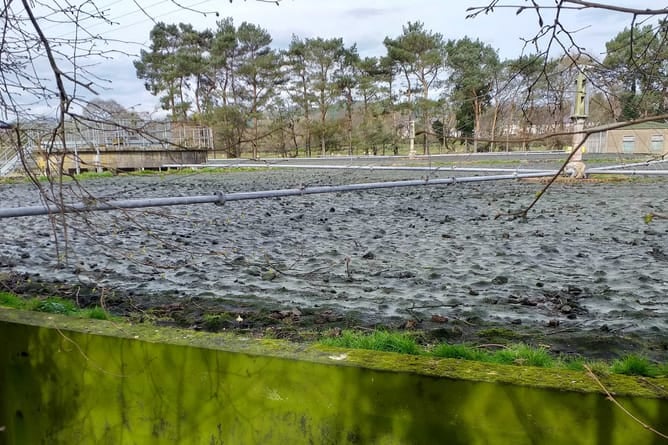Ceredigion came top of the poops in 2024, seeing the most hours of sewage overflow in the whole of England and Wales.
West Wales collectively came first, second and third in the ‘Top of the Poops’ rankings for the longest overflows - Ceredigion Preseli was followed by Caerfyrddin and Dwyfor Meirionnydd each recieving over 88,000 hours of overflow.
Ceredigion saw 94,836 hours of sewage overflow - the equivalent of 10.98 years.
There were 8,252 sewage dumps in Ceredigion in 2024, equating to 22.6 times a day.

The website TopofthePoops.org plots the sewage overflow across the UK using water companies' own data, finding that almost every constituency in England and Wales has sewage overflowing into their rivers from Combined Sewage Overflow (CSO) outlets.
Wales overall came out on top with the worst levels of sewage overflow, all from Dŵr Cymru/ Welsh Water.
The river Teifi came fifth out of all rivers in England and Wales in receiving the most hours of sewage overflow - 22,288 hours in 2024 from 2,232 sewage dumps, equating to 2.58 years of time sewage was overflowing into the water.
Top of the Poops website states: “The CSO’s dump raw or minimally treated sewage into fragile chalk streams, rivers, onto beaches and into shellfish areas...
“The figures, supplied by the water companies themselves, understate the problem, as the data is poorly collected by the Water Companies, with monitoring defective or in many cases completely absent...”
CSO outlets mix toilet sewage with rainwater, which then discharges into rivers.
A Dŵr Cymru spokesperson said: “The latest EDM [Event Duration Monitoring] figures continue to show a direct correlation between rainfall levels and storm overflow activations.
“Although 2024 was a wet year, it was drier than 2023, and this contributed to a seven per cent reduction in total hours of stormwater spills in our operating area.
“As a country on the western side of the UK, we have some of the highest levels of rainfall and are seeing an increase in severe events linked to climate change.
“We also have more assets per head than other water companies, given our population spread and topography.
“But we are determined to play our part to improve river and bathing water quality and in the next five years, we are investing £2.5bn on projects to improve the environment, including £889m on improving storm overflows.
“The total removal of storm overflows from our system is unaffordable and would take decades and therefore is not an option, but what is in our control is the ability to target investment on storm overflows that have the biggest environmental impact.”




